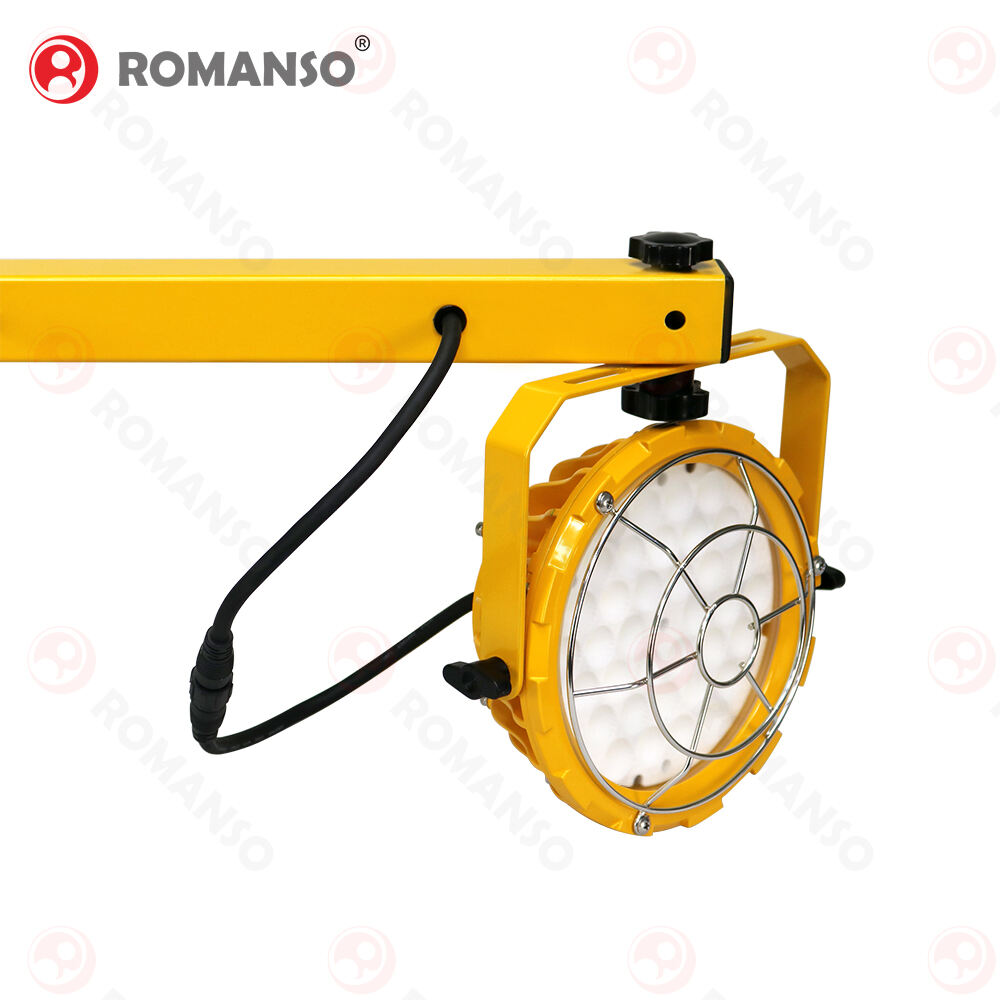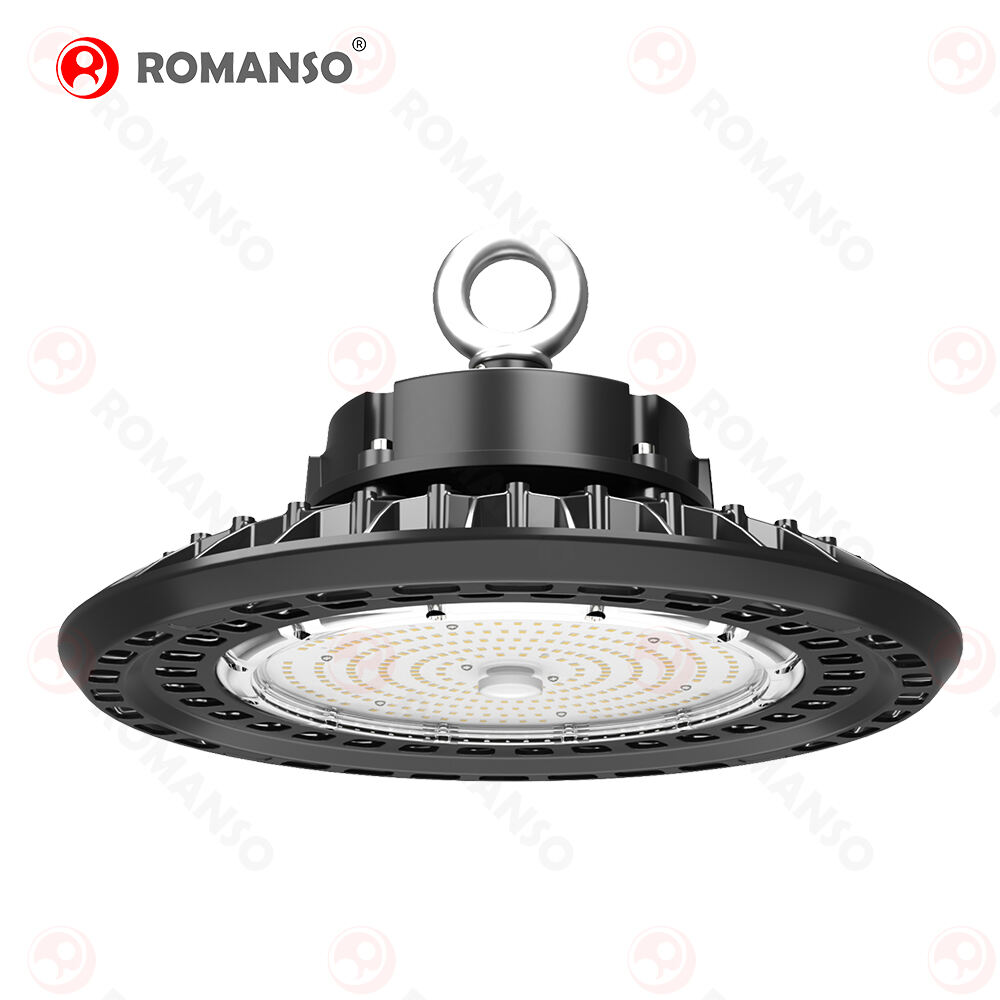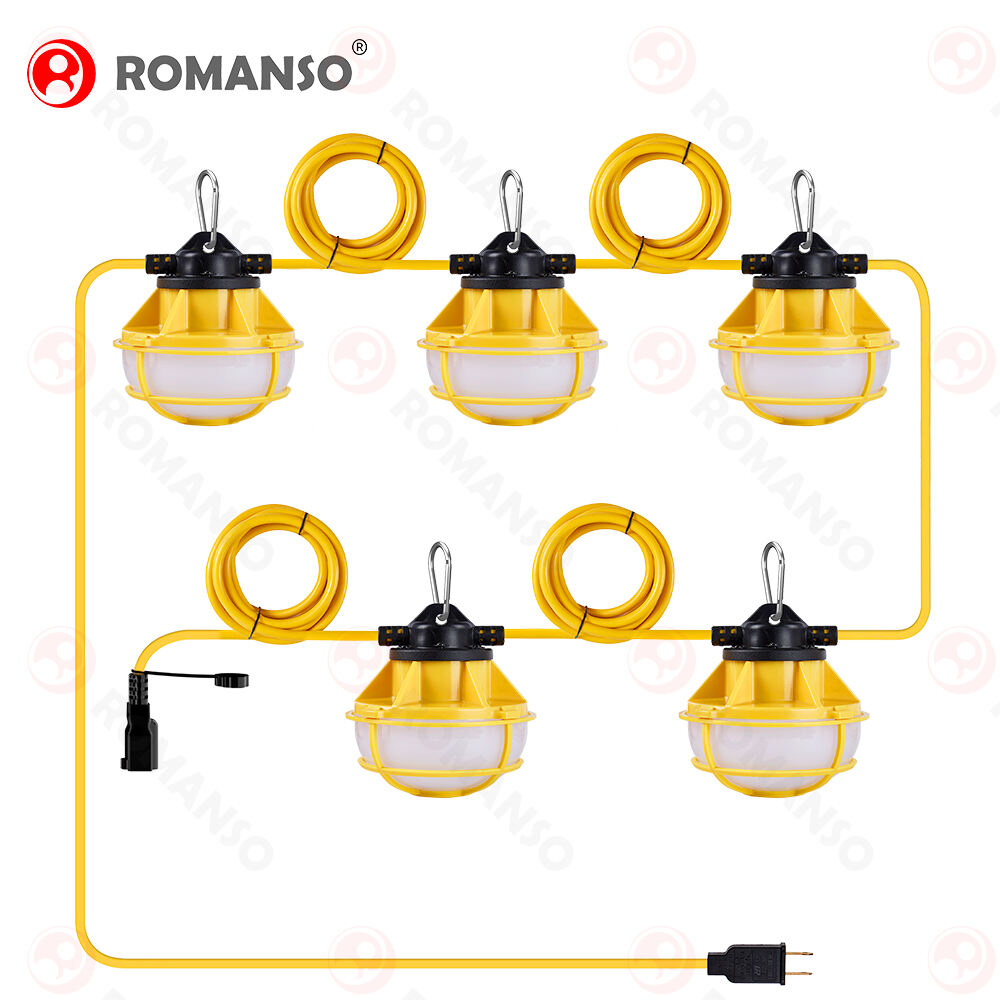Retrofitting with LED Kits: A Cost-Effective Solution for Energy Savings
2025
Key Benefits of Retrofitting with LED Kits
Energy Efficiency and Immediate Cost Savings
Retrofitting with LED kits greatly enhances energy efficiency, typically reducing energy consumption by 50% or more compared to traditional lighting solutions. This translates into significant cost savings on utility bills. For instance, replacing outdated lighting in a university building can lead to a 54.5% reduction in energy usage, saving approximately $100,000 annually. The initial investment in LED technology is usually recouped within one to two years due to these substantial operational savings. Such financial benefits are crucial for businesses, as they allow budget reallocations towards more critical areas of operation, ensuring sustained growth and development.
Long-Term Durability in Harsh Environments
LED lights are renowned for their long-term durability, even in harsh environments. They boast an average lifespan ranging from 25,000 to 50,000 hours, which significantly reduces the need for frequent and costly replacements. For example, LED kits installed in a university improve lighting quality and require much less maintenance over their estimated 50-year lifespan than conventional bulbs. High-quality LED kits also provide enhanced resistance to temperature fluctuations and humidity, making them particularly suitable for industrial applications. Furthermore, the warranty periods for these kits can often extend to five years or more, giving businesses and organizations peace of mind and confidence in their investment in LED technology.
Environmental Impact Reduction Strategies
Switching to LED technology is a strategic move towards reducing environmental impact. By consuming less power, LEDs significantly cut carbon footprints and decrease greenhouse gas emissions. For instance, a large-scale LED retrofit project can lower emissions by thousands of metric tons annually, equating to removing hundreds of cars from the road. Moreover, the materials used in LED fixtures are recyclable, promoting sustainability and aligning with green certifications, which are increasingly important to stakeholders, especially those prioritizing environmental responsibility. Additionally, transitioning to LED lighting diminishes the hazardous waste generated from traditional sources, such as fluorescent bulbs containing toxic substances, fostering a healthier environment.
Case Study: NYC's Large-Scale LED Retrofit Success
NYPD Facility Lighting Overhaul Overview
The City of New York embarked on a rigorous lighting overhaul project across various NYPD facilities, aimed at improving visibility and security while maintaining cost-effectiveness. This initiative involved the installation of approximately 37,000 state-of-the-art LED units across critical infrastructures in NYC, enhancing both safety and operational efficiency. The city's focus on upgraded lighting reflects broader trends in municipal investments towards adopting sustainable technologies and improving public safety measures. By leveraging modern LED technology, NYC has demonstrated its commitment to advancing environmental objectives while ensuring effective use of taxpayer funds.
$750K Annual Savings from 37,000 LED Units
One of the most compelling outcomes of NYC's LED retrofitting project is the anticipated annual savings of around $750,000. This financial benefit highlights the cost-effectiveness of LED technology in large-scale municipal applications. The savings demonstrate that the project could effectively pay for itself within a few years, considering both the reduced energy consumption and lower maintenance requirements. This case study underscores the potential for substantial budgetary impacts when municipalities engage in large-scale retrofitting, allowing resources to be reallocated to other vital public services and infrastructure improvements.
Industrial-Grade LED Retrofitting Solutions
Explosion-Proof Round LED Dock Lights (60W)
Our Explosion-Proof Round LED Dock Lights are specifically designed for hazardous environments, ensuring unparalleled safety for industrial applications, especially where manufacturing and shipping operations are involved. These lights feature robust aluminium alloy construction alongside high visibility beam angles, making them essential for environments that are prone to electrical hazards. With certifications like ETL, CETL, CE, and ROHS, they deliver reliable and safe illumination without compromising on safety standards.
Power-Adjustable HB Series High Bay Lights
Our HB Series High Bay Lights offer versatile lighting solutions with adjustable power settings, perfectly suited for various indoor spaces such as warehouses and large retail areas. These lights facilitate energy optimization by allowing businesses to balance their brightness needs with energy expenditure, thereby increasing efficiency. With features like durable construction and a lifespan of over 50,000 hours, these high-performing lights provide dependable illumination while ensuring cost-reductions through lower energy consumption.
50ft Weatherproof LED String Work Lights
Ideal for outdoor settings, our 50ft Weatherproof LED String Work Lights are crafted to endure various weather conditions, ensuring reliable lighting for work environments. These lights possess a flexible and versatile design, making them suitable for construction sites or outdoor events, thus enhancing safety during night operations. With a high efficiency of 125LM/W and a waterproof rating of IP65, these lights are both durable and dependable, perfect for ensuring smooth operations under challenging environmental conditions.
150W MH to LED Retrofit Compatibility
Output Comparison: Traditional vs LED Lighting
In the realm of lighting solutions, comparing lumens output between traditional Metal Halide lights and LEDs demonstrates a significant advantage for LEDs. Metal Halide lights often consume more energy while providing less light. In contrast, LEDs offer enhanced brightness and efficiency by delivering more lumens per watt, drastically reducing energy consumption. This comparison is vital for businesses striving to optimize lighting efficiency while minimizing operational costs. By switching to LEDs, companies not only achieve better illumination but also enjoy substantial savings on energy expenses.
Installation Best Practices for Metal Halide Replacements
Implementing best practices is essential for a seamless transition from Metal Halide to LED lighting. First, it’s important to evaluate existing fixtures and ensure electrical compatibility to support LED technology. Additionally, assessing the positioning of lights will help in maximizing their performance. Proper installation also enhances longevity and effectiveness, preventing premature wear and ensuring optimal lighting output. By adhering to these practices, businesses can benefit from improved lighting solutions that offer efficiency and cost savings, while also providing a sustainable upgrade to their infrastructure.

 EN
EN
 AR
AR
 BG
BG
 HR
HR
 CS
CS
 DA
DA
 NL
NL
 FI
FI
 FR
FR
 DE
DE
 EL
EL
 HI
HI
 IT
IT
 JA
JA
 KO
KO
 NO
NO
 PL
PL
 PT
PT
 RO
RO
 RU
RU
 ES
ES
 SV
SV
 CA
CA
 TL
TL
 IW
IW
 ID
ID
 LV
LV
 LT
LT
 SK
SK
 SL
SL
 UK
UK
 ET
ET
 GL
GL
 HU
HU
 MT
MT
 TH
TH
 TR
TR
 FA
FA
 MS
MS
 GA
GA







